More about Paul Gauguin
- All
- Info
- Shop
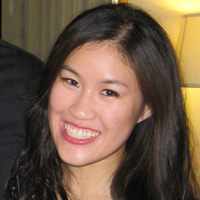
Sr. Editor
Paul Gauguin made a great living as a stockbroker while pursuing art on the side (something all parents would prefer we did).
In 1873 he married Mette-Sophie Gad and had five children. They lived at 21 rue la Bruyère in Paris not far from his buddies Camille Pissarro and Paul Cezanne.
Mette-Sophie forced the family to move to her native Denmark in 1884 and Gaugain became a tarp salesman. He sucked at sales in Denmark because he couldn’t speak Danish and the Danes didn’t want his dirty French tarps.
One day in 1885, at 37 years old, Gaugain had a mid-life crisis and went out to buy milk and never came back. He returned to Paris and picked up painting full time.
For a short time Gauguin and Vincent van Gogh were roommates in the Yellow House. Theo van Gogh needed someone to secretly look after his brother and report back on changes to his mental health and Gauguin needed money.
Vincent seemed to worship Gauguin telling Theo all about their work and the great advice Gauguin gave even though Vincent had a hard time applying it to his work. Gauguin on the other hand was an arrogant asshole who merely tolerated Vincent. During a period of particularly bad weather the two artists were forced to spend a smidge too much time together inside the apartment and they got in an argument over a shared prostitute. Most historians say van Gogh cut off his own ear but there are a few who claim Gauguin and his expert swordsmanship as the one who did the cutting. Gauguin got the hell out of Arles and never saw van Gogh again. Gauguin liked to embellish the truth and “confessed” years later that it was entirely true and that he’s a total BAMF (yawn).
Gauguin went all hipster on painting deciding that European art was way too mainstream and started island hopping through the Pacific Islands. He fetishized the native population and slept with pretty much every woman who would have him. He also gave them all syphilis, including his 14-year-old "wife".
Gauguin died from an overdose of morphine and/or a heart attack and is buried at Atuona in the Marquesas Islands.
Featured Content
Here is what Wikipedia says about Paul Gauguin
Eugène Henri Paul Gauguin (/ɡoʊˈɡæn/;
French: [øʒɛn ɑ̃ʁi pɔl ɡoɡɛ̃]; 7 June 1848 – 8 May 1903) was a French painter, sculptor, printmaker, ceramist, and writer, whose work has been primarily associated with the Post-Impressionist and Symbolist movements. He was also an influential practitioner of wood engraving and woodcuts as art forms. While only moderately successful during his lifetime, Gauguin has since been recognized for his experimental use of color and Synthetist style that were distinct from Impressionism.
Gauguin was born in Paris in 1848, amidst the tumult of Europe's revolutionary year. In 1850, Gauguin's family settled in Peru, where he experienced a privileged childhood that left a lasting impression on him. Later, financial struggles led them back to France, where Gauguin received formal education. Initially working as a stockbroker, Gauguin started painting in his spare time, his interest in art kindled by visits to galleries and exhibitions. The financial crisis of 1882 significantly impacted his brokerage career, prompting a shift to full-time painting. Gauguin's art education was largely self-taught and informal, shaped significantly by his associations with other artists rather than academic training. His entry into the art world was facilitated by his acquaintance with Camille Pissarro, a leading Impressionist. Pissarro took on a mentor role for Gauguin, introducing him to other Impressionist artists and techniques.
He exhibited with the Impressionists in the early 1880s, but soon began developing his distinct style, characterized by a bolder use of color and less traditional subject matter. His work in Brittany and Martinique showcased his inclination towards depicting native life and landscapes. By the 1890s, Gauguin's art took a significant turn during his time in Tahiti, then a French colony, where he sought a refuge from the Western civilization. Gauguin's later years in Tahiti and the Marquesas Islands were marked by health problems and financial struggles.
His paintings from that period, characterized by vivid colors and Symbolist themes, would prove highly successful among the European viewers for their exploration of the relationships between people, nature, and the spiritual world. Gauguin's art became popular after his death, partially from the efforts of dealer Ambroise Vollard, who organized exhibitions of his work late in his career and assisted in organizing two important posthumous exhibitions in Paris. His work was influential on the French avant-garde and many modern artists, such as Pablo Picasso and Henri Matisse, and he is well known for his relationship with Vincent and Theo van Gogh.
Check out the full Wikipedia article about Paul Gauguin
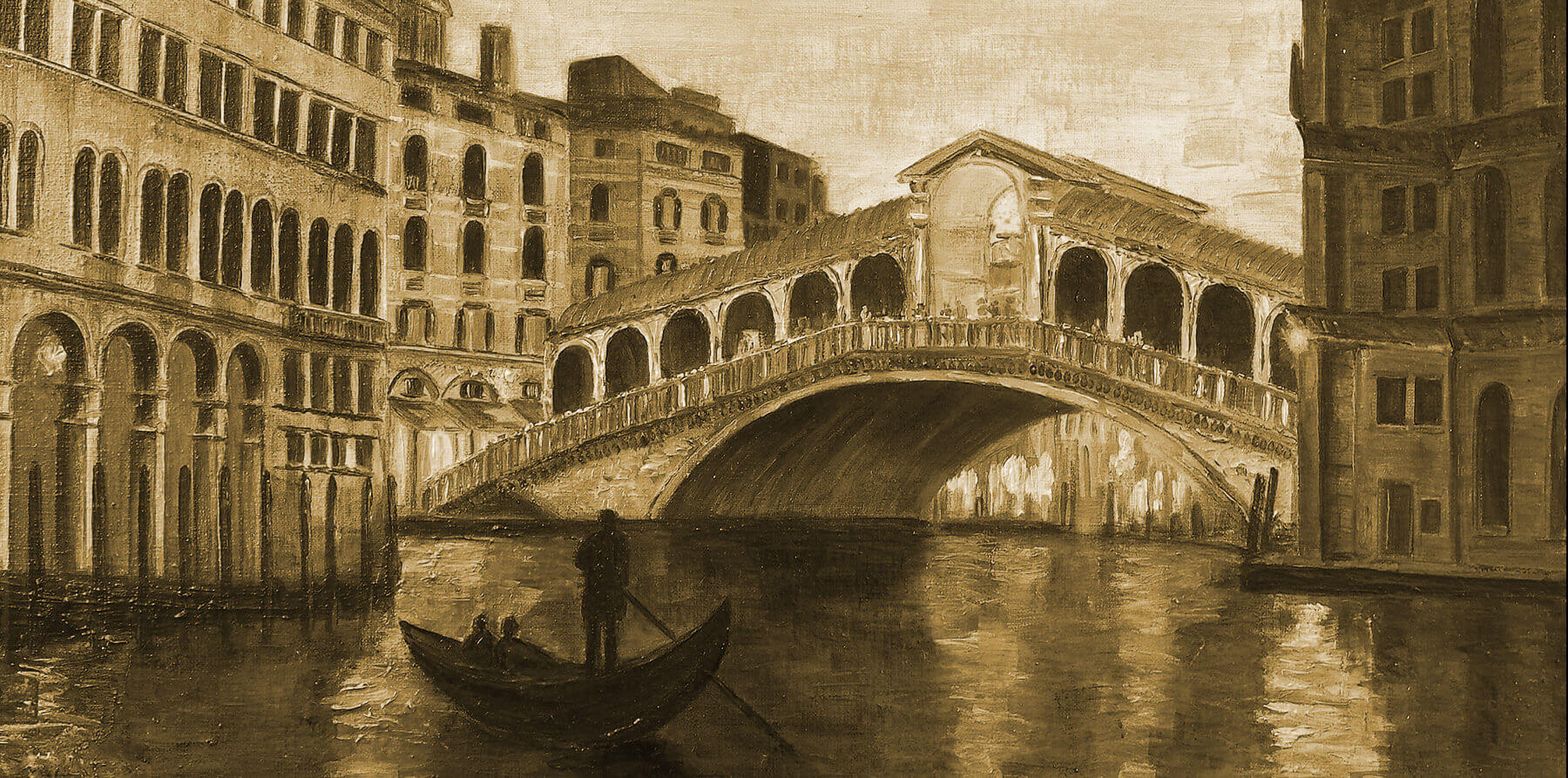
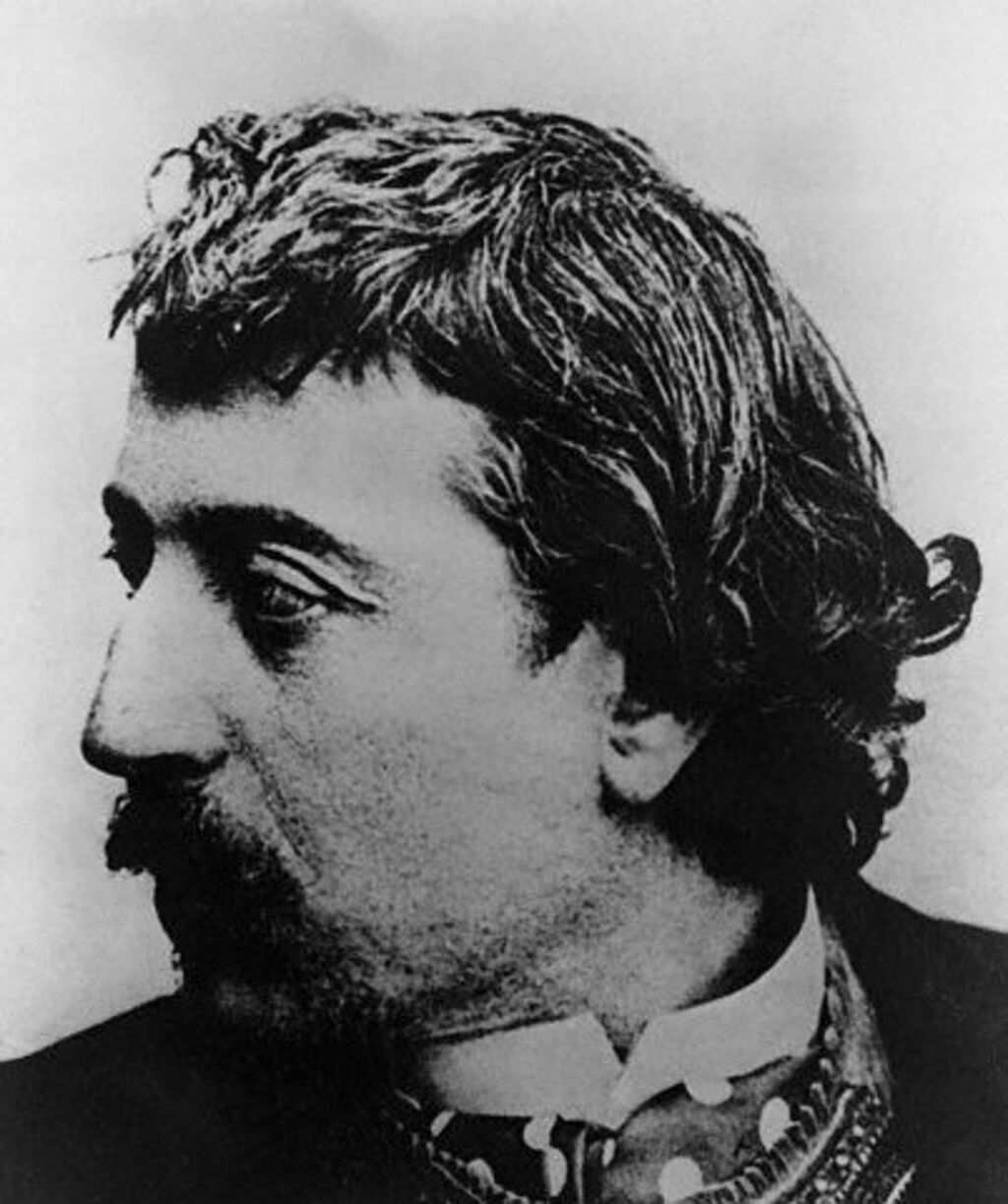
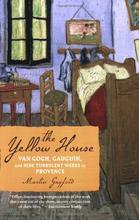
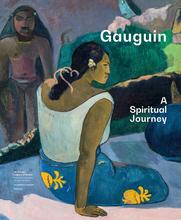
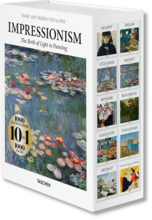
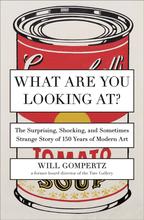
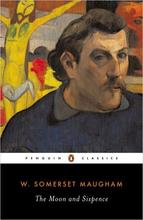
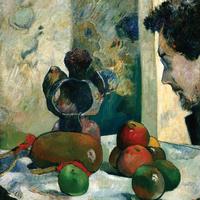
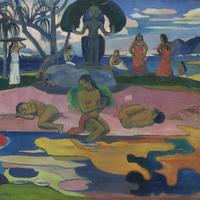
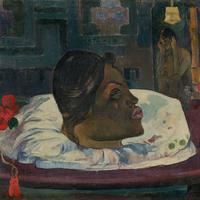
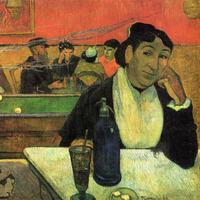
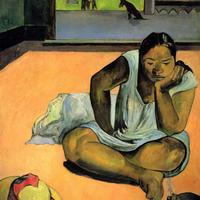
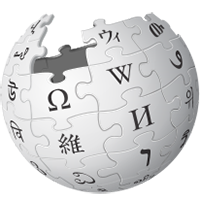








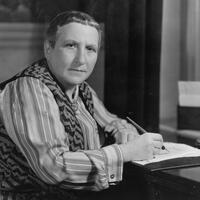
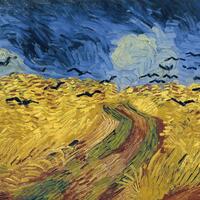

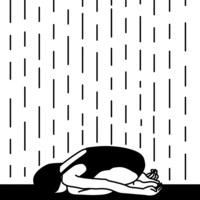
Ok, so he was probably not a nice guy, Great painter though...